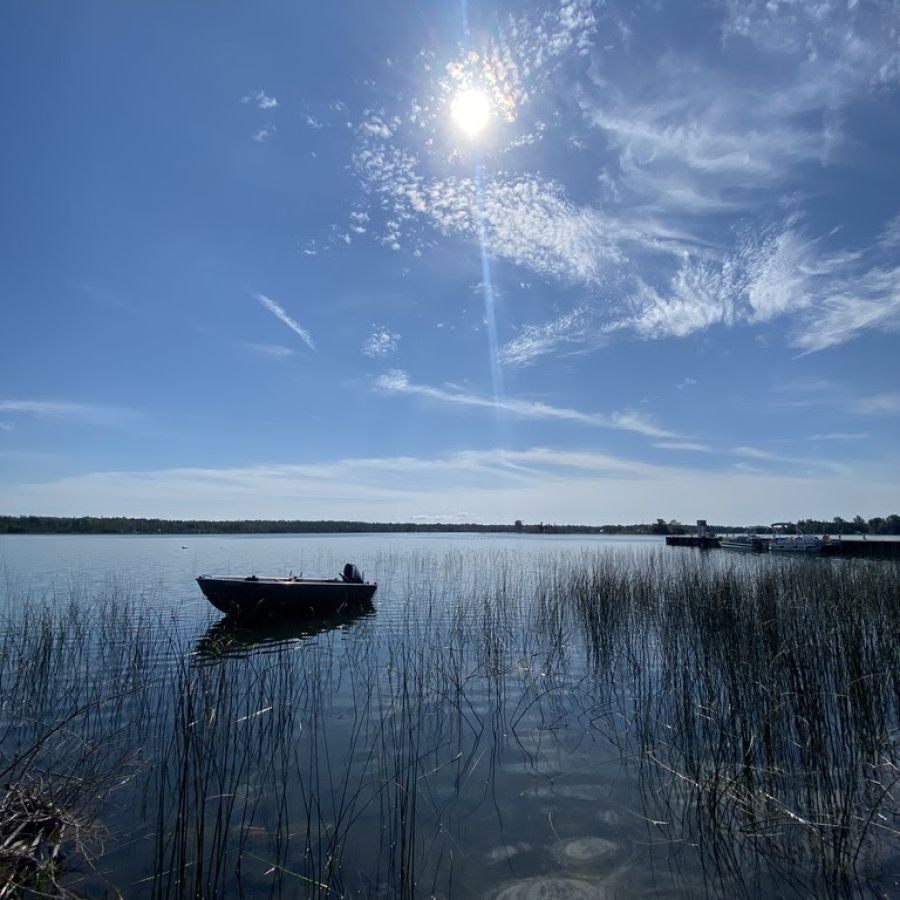Lake Whitefish Report
Below is a link to the report “Implementation Planning for Addressing Declines in Lake Whitefish and the Saugeen Ojibway Nation Fishery” as prepared by Jenilee Gobin, postdoctoral fellow at Trent University, and Ryan Lauzon, Nawash Fisheries Assessment Biologist.
Executive Summary:
“This report follows an initial exercise conducted within the Saugeen Ojibway Nation community to identify concerns and priorities regarding lake whitefish and fishery declines (Gobin and Lauzon 2019). The purpose of the current report is to broadly outline next steps that could be taken to address these concerns and to implement the various recommendations put forward by community members. Initial steps to engage community members in the management of lake whitefish and the fishery have been taken through the preceding priority setting exercise. Next steps will likely involve further community engagement, particularly to define clear goals and objectives for management. For example, whether a primary goal should be to restore lake whitefish or to enhance the fishery would strongly influence the subsequent development of management strategies and actions geared towards achieving each of these objectives. Exchanges with the community should also specifically address how strategies to achieve different management objectives might impact lake whitefish harvest, the livelihoods that depend on this, and identify alternative employment opportunities. Various knowledge gaps that impact lake whitefish management have previously been identified that could present opportunities to further engage community members in research and assessment. A host of considerations relating to the impacts of altering harvest strategies (e.g., reducing harvest, protected areas) and other fishery enhancement practices (e.g., stocking) on lake whitefish, fishery sustainability, harvest and economic yield, and the broader community and ecosystem are therefore discussed.”

